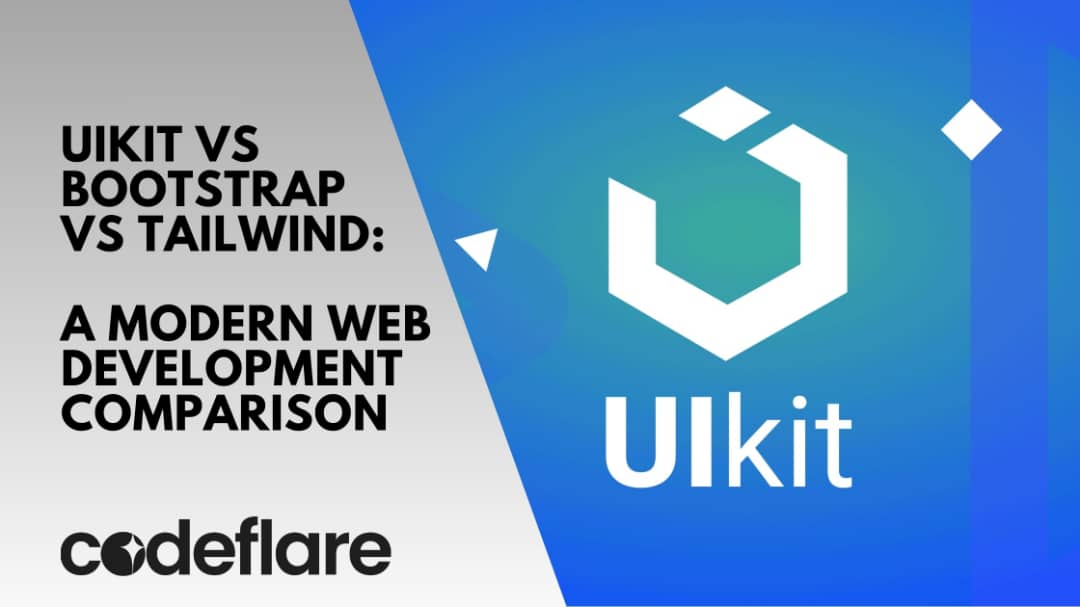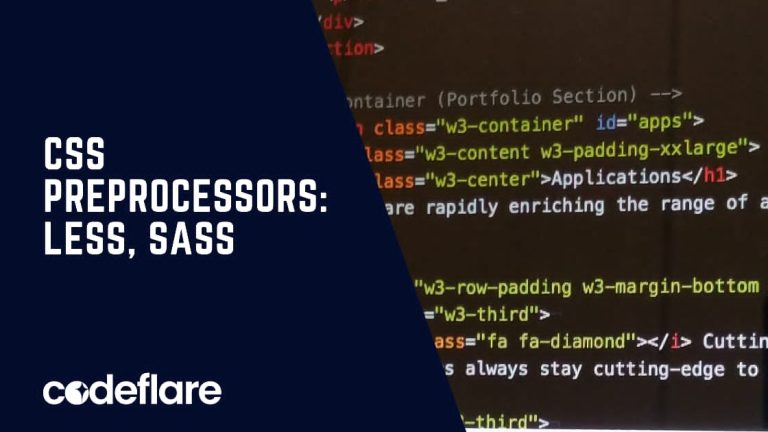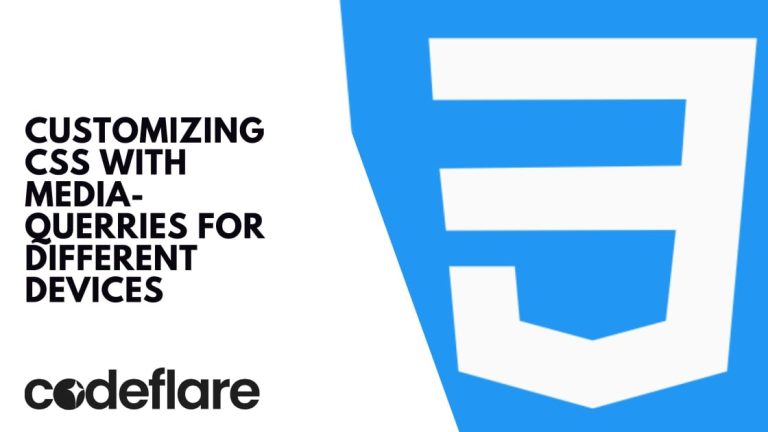
UIkit is a streamlined and modular front-end framework designed for creating fast, robust, and responsive web interfaces. It offers an extensive array of HTML, CSS, and JavaScript components, empowering developers to construct intricate web layouts and interfaces efficiently. In this article, we’ll explore UIkit vs Bootstrap vs Tailwind CSS, comparing their features to help you decide which framework best suits your development needs.
What is UIkit?
UIkit is a front-end framework created by YOOtheme, known for its ease of use and powerful capabilities. It includes a wide range of components such as navigation bars, buttons, forms, modals, and many others that can be easily integrated into your web projects. With its minimalistic approach and consistent design language, UIkit allows developers to create visually appealing and highly functional web applications.
Key Features of UIkit
- Modularity: UIkit’s modular approach allows you to include only the components you need, making your project lightweight and efficient.
- Customization: UIkit offers extensive customization options, allowing developers to modify styles and components to fit their project’s design requirements.
- Responsive Design: UIkit provides a robust grid system and responsive utilities that help in creating layouts that work seamlessly across different screen sizes.
- Components: UIkit comes with a wide range of pre-designed components such as buttons, cards, forms, and navigation bars, making it easy to build complex interfaces.
- Flexibility: With its extensive set of utilities and modifiers, UIkit allows for fine-tuned control over the appearance and behavior of elements.
Comparing UIkit with Bootstrap and Tailwind
1. Popularity and Community
- Bootstrap: Bootstrap is one of the most widely used front-end frameworks with a large community and extensive documentation. Its popularity ensures a wealth of resources, plugins, and themes available for developers.
- Tailwind CSS: Tailwind CSS has gained popularity for its utility-first approach and flexibility. It has an active community and a growing ecosystem of plugins and tools.
- UIkit: UIkit, while not as popular as Bootstrap or Tailwind, has a dedicated user base and comprehensive documentation. It is well-regarded for its clean design and ease of use.
2. Design Philosophy
- Bootstrap: Bootstrap follows a component-based approach with pre-styled components that are easy to use but may require customization to fit specific design needs.
- Tailwind CSS: Tailwind CSS takes a utility-first approach, providing low-level utility classes that can be combined to create custom designs. This offers great flexibility but requires more effort to build components from scratch.
- UIkit: UIkit strikes a balance between the two, offering both pre-styled components and extensive customization options. Its modularity allows for lightweight and efficient builds.
3. Customization
- Bootstrap: Customization in Bootstrap involves overriding default styles or using Sass variables and mixins. While flexible, it can be challenging to achieve a completely unique design.
- Tailwind CSS: Tailwind’s utility-first approach makes customization straightforward. Developers can create unique designs by combining utility classes, making it highly customizable.
- UIkit: UIkit provides a robust theming system and customizable components. It allows for extensive customization through Sass variables and mixins, making it easy to tailor the framework to specific design needs.
4. Performance
- Bootstrap: Bootstrap’s comprehensive set of components can lead to larger file sizes, potentially impacting performance. However, it offers a build tool to include only the components you need.
- Tailwind CSS: Tailwind’s utility-first approach can result in larger CSS files, but its JIT (Just-in-Time) mode generates only the necessary styles, improving performance.
- UIkit: UIkit’s modular approach ensures that you include only the components you need, resulting in smaller file sizes and better performance.
5. Learning Curve
- Bootstrap: Bootstrap is easy to learn, especially for beginners, due to its extensive documentation and pre-styled components.
- Tailwind CSS: Tailwind has a steeper learning curve as it requires understanding and using utility classes to build custom designs.
- UIkit: UIkit is relatively easy to learn, with clear documentation and a straightforward structure. Its balance of pre-styled components and customization options makes it accessible for developers of all skill levels.
Conclusion
UIkit is a powerful and flexible front-end framework that offers a balanced approach between pre-styled components and customization options. While it may not be as popular as Bootstrap or Tailwind CSS, it provides a robust set of tools for building responsive and visually appealing web interfaces. In this article, we will delve into UIkit vs Bootstrap vs Tailwind to understand their unique strengths and how they compare.
- Bootstrap remains the go-to choice for developers looking for a comprehensive and widely-supported framework.
- Tailwind CSS is ideal for those who prefer a utility-first approach and greater control over their designs.
- UIkit is an excellent choice for developers seeking a modular and customizable framework with a clean design aesthetic.
By understanding the strengths and weaknesses of each framework, you can choose the one that best fits your project’s requirements and your personal development style.
How to create infinite scrolling and lazy loading using JavaScript






